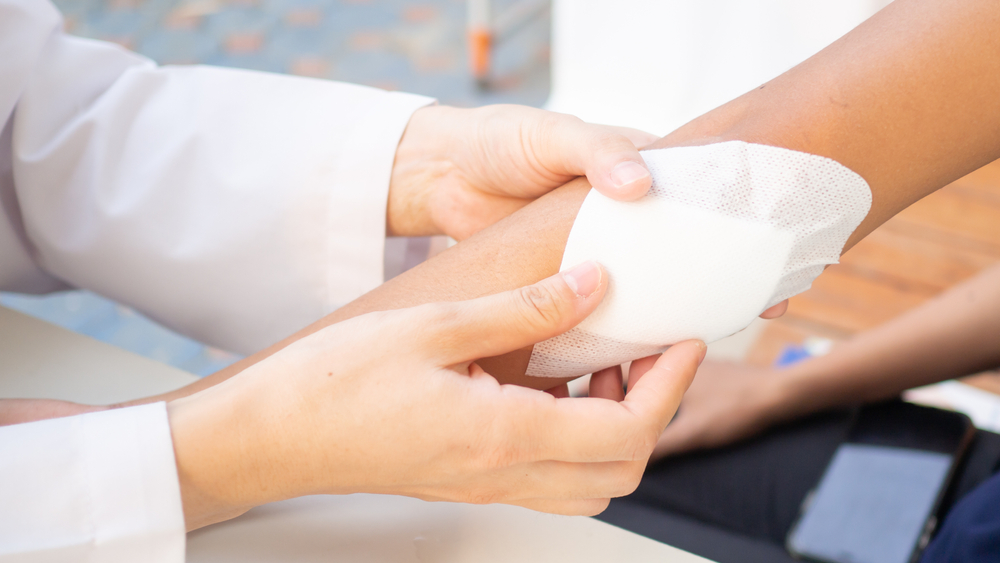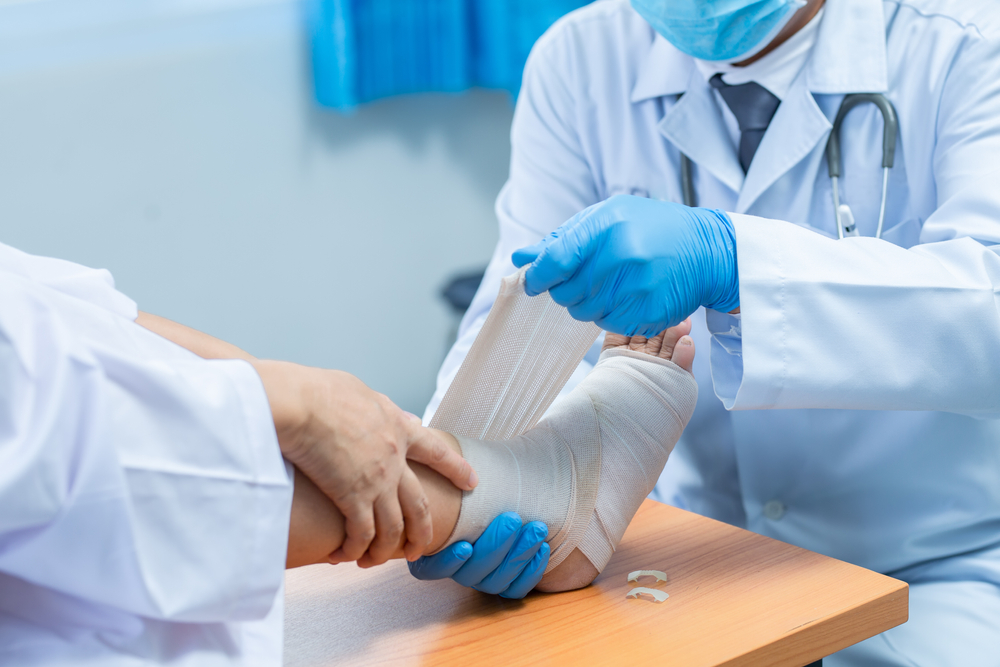Venous Stasis Ulcers
Venous Stasis Ulcers
See how you can benefit from advanced, comprehensive treatment for venous stasis ulcers at Innovative Wound Care Specialists.
What is the Best Dressing for Venous Stasis Ulcers?
Your provider will be able to determine which type of compression dressing is best used to promote optimal healing and recovery for a venous stasis ulcer. Typically, your provider may select one of the following compression dressings to treat VSU:
- Hydrocolloid Dressings: Create a moist environment for the wound to heal
- Foam Dressings: Create a moist environment for the wound to heal while also absorbing extra fluid from the wound.
- Non-Adherent Dressings: Acts as a physical protector of wound to prevent further trauma, allowing it to heal properly
What Should I Avoid With a Venous Stasis Ulcer?
If you are suffering from venous stasis ulcers, there are a few things you will want to avoid, like:
- Smoking
- Prolonged sitting or standing
- Scratching at skin
- Picking at dry skin or removing scabs
- Extreme temperatures
Are There Home Remedies for Venous Stasis Ulcers?
There are ways to manage symptoms of VSU while at home, but it is still essential to have an evaluation from a medical provider. One possible way to alleviate pressure in the legs and promote blood circulation in the legs, which can, in turn, help VSU, is by elevating your legs. While sleeping, consider elevating your legs above heart level.
Can Vaseline Help to Heal Venous Stasis Ulcers?
Yes, vaseline can potentially help to heal venous stasis ulcers, as it can lock in moisture to create a stronger environment for healing. However, it is best to consult your medical provider before trying any home remedies, and it is crucial to follow their instructions closely.



